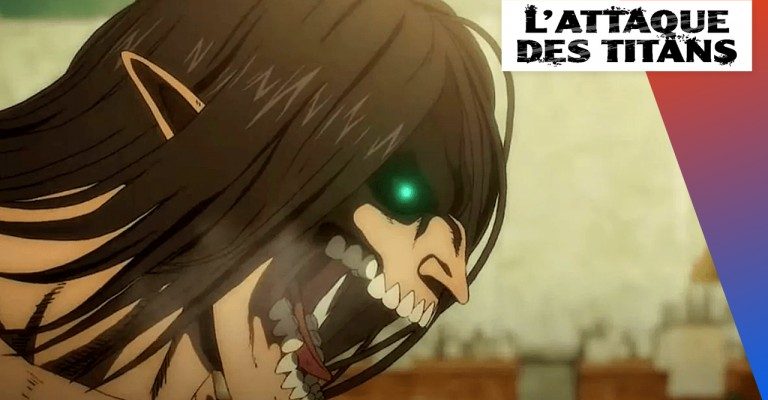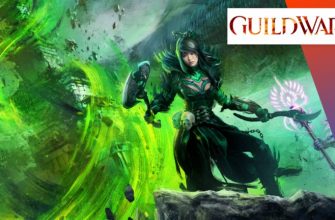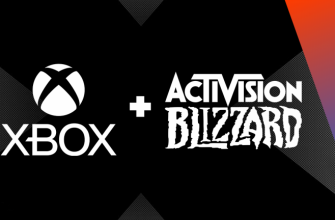It all started in 2009 when Hajime Isayama submitted a one-shot to the Shueisha, the publishing house behind the famous Weekly Shonen Jump. This weekly is in a way the Grail for authors in search of success. (Badly) fortunately for him, Hajime Isayama is refused the publication of his work because of his tone too far removed from the editorial line of the Shueisha. The publisher asks him to make changes to his work but Isayama, sure of himself, refuses to do so. He then turned to Kodansha, the other main publishing house in Japan. This time, this new editor is seduced by Isayama’s paw and decides to give it a chance.
Shortly after this first try, Kodansha launched a new format with Bessatsu Shonen Magazine, and asked Hajime Isayama to prepare a new manga for this first publication. He then draws the beginnings of what will become his flagship work, Attack on the Titans, today an emblematic saga of Japanese manga and colossal success having largely exceeded the borders of his native country.
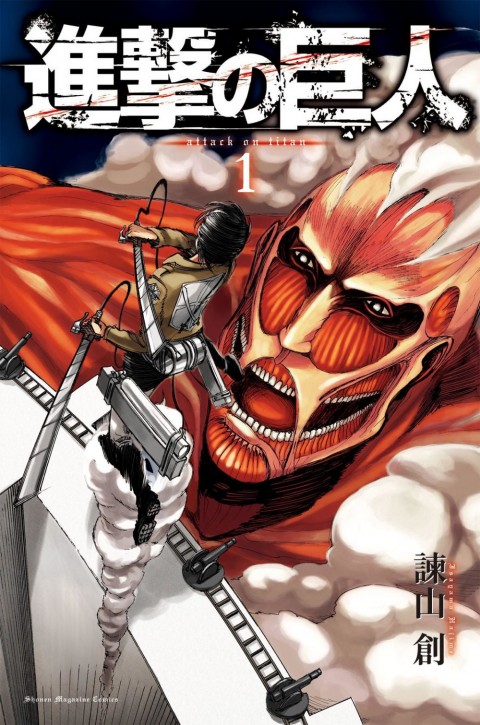
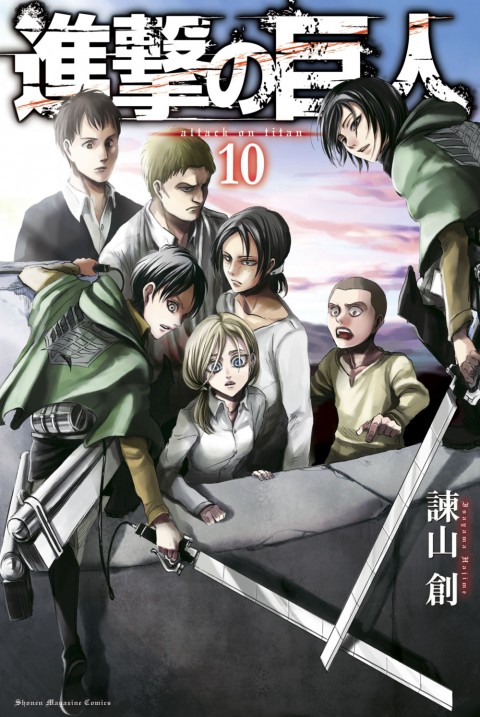
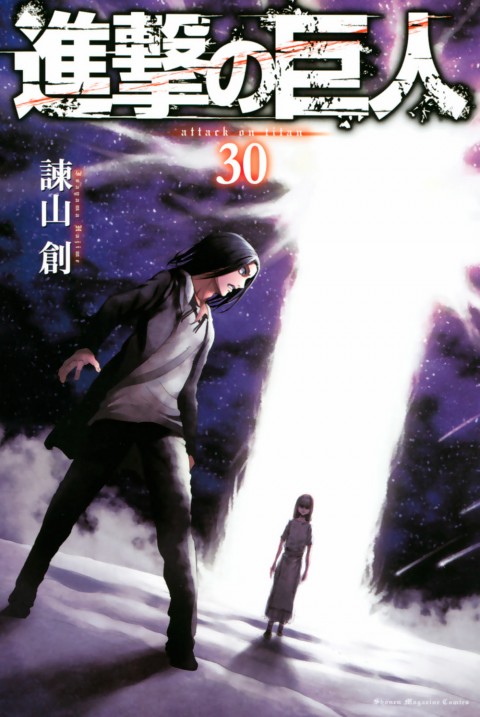
Since its first publication, Attack on Titan has come a long way. In 2019, he joined the very closed circle of the best-selling manga in the world, exceeding 100 million copies in circulation.. It thus becomes the 19th best-selling manga, and its numbers continue to grow after the publication of the last volumes between 2024 and 2024. It is also the biggest success in the history of Kodansha, and accumulates 9 top 10 in a row in the annual top Oricon.. The top Oricon lists the best-selling manga each year. This makes Attack on Titan the second manga to have featured the most in the Oricon top, and the second to have stayed the longest, just behind One Piece. An incredible performance for a shonen UFO.
In France, the work of Hajime Isayama is not left out since it has accumulated nearly 4 million copies, and is one of the best-selling manga in France.. If the series has always been popular with fans of Japanese culture, it is clear that today it has largely gone beyond the framework of a niche phenomenon, and now reaches a much larger audience. This sudden popularity is due to a major factor: the arrival of anime on Netflix. Because it is the anime that really popularized Attack on Titan with the general public. The quality of adaptation, the plot and the characters make AoT (for Attack on Titan) a singular work in the landscape of Japanese animation.
Attack on Titan is therefore an indisputably successful manga, which it owes in part to its animated adaptation. But in addition to the anime, the series also has the right to a whole bunch of adaptations in different formats.. First there were several spin-offs, Light Novels, a novel, but also a live action drama. What is more, the anime has had the right to several animated films which condense the plot developed within the animated series as is often the case in Japan for successful works. Finally, it is also available in the form of video games with Attack on Titan: Wings of Liberty and Attack on Titan 2, two console episodes that were highly rated in our columns. How to justify such an attraction for a series born from an almost marginal format? What makes Attack on Titan salt? This is the question we will try to answer.
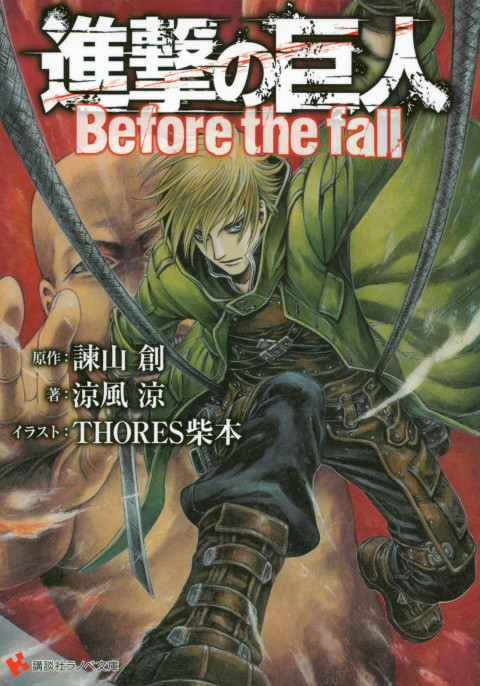

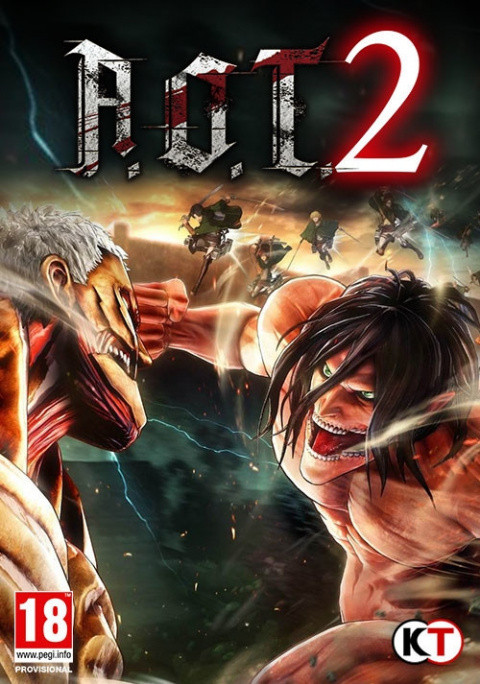
One of the first strengths of Attack on Titan is its universe, which rests on solid foundations. The threat posed by the Titans and their origin continues to fuel our interest, so we want to learn more about them.. But in addition to the mythology established by Hajime Isayama, it is also and above all his excellent sense of narration that shines throughout the work. The plot is never jostled, and most of the elements developed, whether it be the characters or the story, brilliantly coexist, even if some of the subplots sometimes go by the wayside. Each reader or spectator finds his interest in the many characters who are in turn at the heart of the story, and exist coherently within this precisely orchestrated narrative.
If we underline Hajime Isayama’s innate talent for storytelling, it is also and above all for his mastery of the plot-twist, magnificently served once again by the adaptation into an animated series. The division of the series thus allows each season to have its share of twists while we constantly expect to be surprised.. The revelations distilled sparingly throughout the episodes allow us to renew our growing interest in a series with a breathtaking history and which delivers us in addition to epic fights. Because yes, Attack on Titan is also completely crazy clashes between Titans with phenomenal power and soldiers with incredible agility.. Who could have forgotten the fight between the bestial Titan and Livai? Once again, the work provided by Wit Studio embellished in the best possible way the trait of Hajime Isayama, which has not always convinced readers.
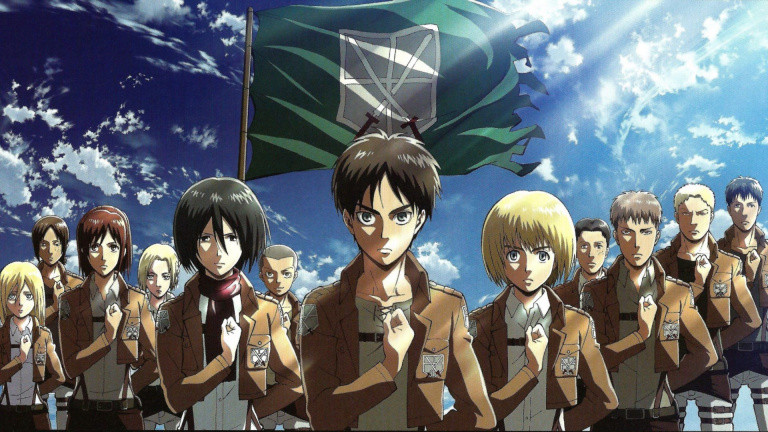
Finally, if the Attack on Titan speaks so much to communities, it is undoubtedly thanks to its deeply humanist character. The conflict between the various factions and the incredibly rough journey of Eren, Mikasa and Armin within the Exploration Battalion make Attack on Titan a truly human work that is bursting with emotion. From laughter to tears, you never really know which foot to dance on as the chapters (or episodes) progress, as the characters grow, love each other, tear each other apart, die and mourn their fallen friends.. Attack on Titan is a series that can be as entertaining as it is shocking, and that’s arguably the reason it is so compelling.
So yes, despite its many qualities, Attack on Titan is not without its flaws. Some will say that the work takes too long to develop or that the twists and turns are too predictable. The question of animation has also been the subject of much debate within the community, while MAPPA has taken charge of producing season 4 and has incorporated 3D into it which disappoints many spectators.. As said above, there are also the case of many script elements that Hajime Isayama decided to put aside to focus on its main story. Then there is obviously the end of the work which made more than one angry. But that’s also what makes the recipe for Attack on Titan. A divisive work, which satisfies some and disappoints others. A work that creates debate and feeds the conversations of many fans. It is ultimately one of the essential characteristics of an iconic work.
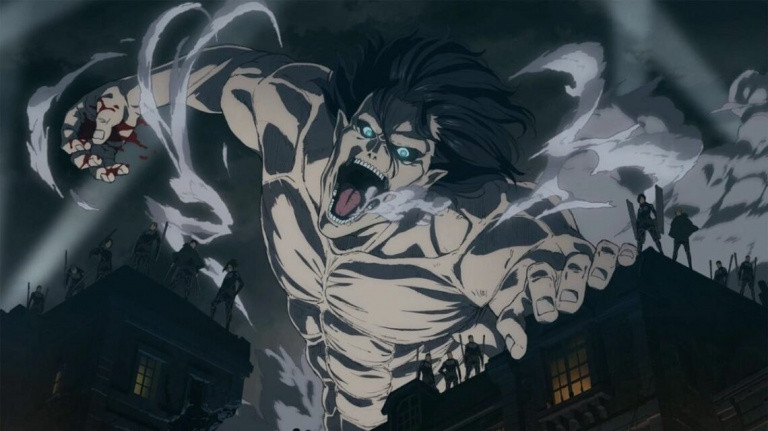
Whether you like Attack on Titan or not, it is clear that the phenomenon does exist. Last night during the broadcast of the 17th episode of season 4, the servers of the Crunchyroll and Wakanim platforms simply exploded because of the excessive traffic of spectators impatiently awaiting the continuation of this extraordinary adventure. A new proof of a unique attraction for such a unique entertainment. The Attack on Titan continues once again to fuel debates among fans of Japanese animation and even goes beyond this sphere, definitely registering as one of the major works of the decade.

